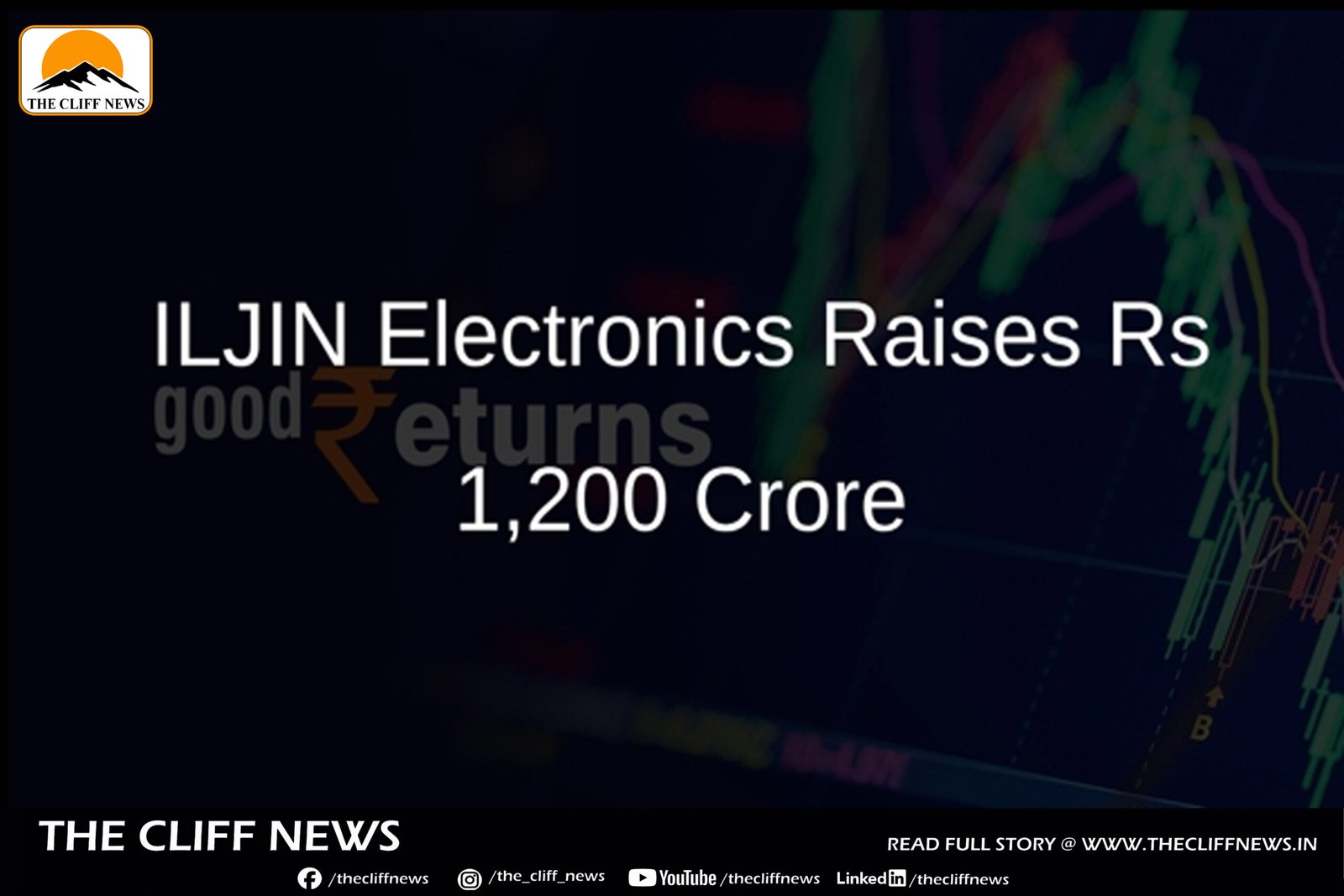In late March, Hyundai Steel attempted to reassure investors after its shares were hit hard following the announcement of a $6 billion investment in a new U.S. plant, part of Hyundai Motor Group’s broader $21 billion U.S. investment package revealed at the White House on March 24.
During a closed-door investor call, company officials apologized for the lack of detailed funding plans, attributing the hasty announcement to mounting U.S. tariff threats and limited policy action from South Korea’s government amid former President Yoon Suk Yeol’s impeachment crisis.
Executives emphasized that the investment was strategically aimed at securing better tariff terms for Hyundai and South Korea in ongoing trade talks with Washington. Indeed, senior South Korean officials are set to meet U.S. counterparts this Thursday in an effort to negotiate tariff exemptions or reductions.
However, skepticism remains. Investors and analysts questioned:
- The long-term benefits of the investment, especially if U.S. trade policies shift again before the plant becomes operational in 2029.
- The rationale for choosing Louisiana, which is distant from Hyundai’s existing U.S. auto plants.
- The lack of clarity on expected trade concessions and whether the plant will attract enough demand to justify its capacity.
Tensions escalated when former U.S. President Donald Trump announced 25% tariffs on imported autos shortly after the White House event, without exemptions for South Korean products, casting further doubt on the strategy’s immediate gains.
As Hyundai navigates this geopolitical and economic uncertainty, both its strategic planning and diplomatic negotiations will be closely watched by markets and policymakers alike.



